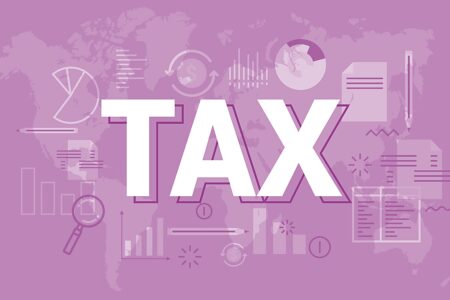If your business is ready to grow there are a number of tax allowances to support the journey. Here's an overview of key ones that are often missed.
Make full use of investment allowances
Businesses can claim tax relief on most capital expenditure (e.g. machinery, IT systems, cars etc). The annual investment allowance (AIA) gives you a 100% deduction from your taxable profit in the year of purchase for the majority of assets (but not cars). Its allowance of £ 1 million has been confirmed as permanent.
In addition to the AIA, there are further tax-free allowances for energy-saving equipment such as solar panels, lighting, some heating and air-conditioning systems etc. Currently, the first-year allowance for electric vehicle charge points is available till 31 March 2025 for corporation tax and 5 April 2025 for income tax.
In the Spring Budget 2023, it was announced that companies incurring qualifying expenditure on the provision of new plant and machinery from 1 April 2023 until 31 March 2026 will be able to claim:
- a 100% first-year allowance for main rate expenditure, or
- a 50% first-year allowance for special rate expenditure.
These temporary allowances may be extended beyond 31 March 2026. They are in addition to the AIA.
If you need new equipment to support your business growth, consider timing the purchase to make the most of your allowances each year.
Make the most of investment zones
Over recent years and in an effort to fuel the Economy’s growth, the Government has announced Freeport tax sites and investment zones. These give companies can access to new Enhanced Capital Allowances (ECA+), Structures & Buildings Allowance (SBA+) in England and secondary Class 1 NIC relief.
Consider if you qualify for R&D tax credits
If your business is developing or improving materials, processes, products, formulae, environmental products and other such activities, do consider if the work qualifies for research and development (R&D) tax credits. These can work as a deduction from profit or as an immediate tax repayment in exchange for surrendering the loss. They can therefore have big cashflow advantages.
There have been a number of changes relating to R&D tax credits recently. See this article for a summary of the latest R&D tax relief alterations.
Check your business structure aids growth
If your business is part of a group structure, don’t forget if one subsidiary in the group makes a loss, but another makes a profit, the loss can be switched to the profit-making company to reduce the corporation tax liability on the profit. There are qualifying criteria for the group to do this, to ensure the ownership percentages are not prohibitive.
Tackle bad debt for unpaid fees
As you approach your year-end, don’t forget you can write off bad debt and get tax relief on it. Review your debtors’ list and any action you have taken to recover each debt. Then decide whether you should be writing this off. There’s no need to carry around bad debts that go back years – it’s much more effective for your company’s long-term wealth and growth to write this off and get the tax relief.
Buildings allowance
And if you are looking to purchase or refurbish premises in the coming year, don’t forget the structures and buildings allowance (SBA). Applying from 1 April 2020, it gives 3% flat rate relief for a designated period for building work on most non-residential buildings and structures, either for ownoccupation or investment.
Specific advice should be obtained before taking action, or refraining from taking action, in relation to this summary. If you would like advice or further information, please speak to your usual Shipleys contact.
Copyright © Shipleys LLP 2023













